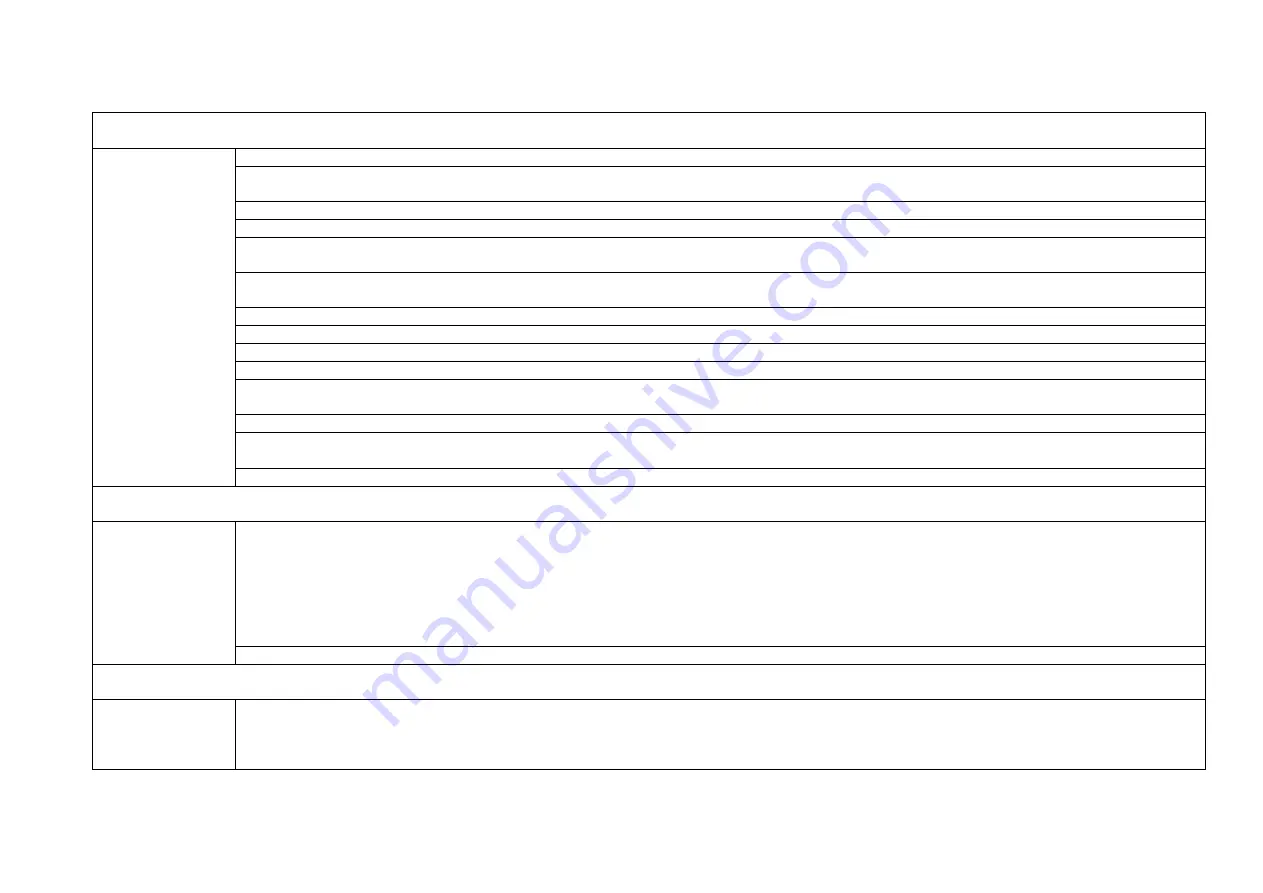
61
Specifications are subject to change without prior notification
December 2019
Bleeding
1. Ensure oil is clean and couplings are clean
2. If depth stops are fitted to the cylinders they should be adjusted so that the cylinder can be fully retracted before commencing the bleeding
operation
3. Ensure oil level is topped up. Low oil levels and/or foaming oil is a common cause of unsuccessful bleeding
4.
CAUTION!
During bleeding operation the master cylinder will fully extend before the next cylinder extends (otherwise injury may occur)
5. If equipment is likely to be damaged due to this motion then the ends of the cylinders must be disconnected and positioned so that the rods
can move in and out freely
6. Purge all the air from the system by fully stroking the rams in both directions. Allow the oil to flow through the cylinders for about 2 minutes
at each end of the stroke
7. In most cases the tractor should be run at idle only
8. Cylinder bleed better in extension with the rod ends up
9. Cylinder bleed better in retraction with the rod ends down
10. Horizontal cylinders bleed better if the valve is at the top
11. The system can be considered to be correctly bled when all the cylinders move together without any lag between them and there is no creep
when load is applied to the cylinders
12. Other signs of air in the system can be hoses vibrating / squealing or the control handle shuddering
13. Minute air bubbles dissolved in the oil will not be totally eliminated until the oil is allowed to stand for 12 hours approx., then ultimate phasing
performance will result
Re-phasing
•
After initial bleeding the cylinders will only require occasional re-phasing during operation. This is done by fully extending the rams until
all cylinders have reached the end of their stroke.
•
There is a difference between bleeding and re-phasing. Bleeding is removing air from the circuit, re-phasing is synchronising the
cylinders. Stop the re-phasing operation as soon as the cylinders have reached the end of the stroke.
•
Holding the cylinders at the end of the stroke and allowing oil to flow for no reason will cause premature wear of the phasing valves.
•
Cylinders should not require re-bleeding unless air has entered the system due to low oil level, or removing hoses/cylinders etc.
Fault Finding
If the system is free from air and the cylinders still creep, raise the machine and mark each rod with a "Nikko" pen a known distance (say
10mm) from the wiper or face of gland. Measure the movement of each cylinder rod to determine which cylinder is moving the most (Do not rely
on the movement of the machine as this can give a false indication).























